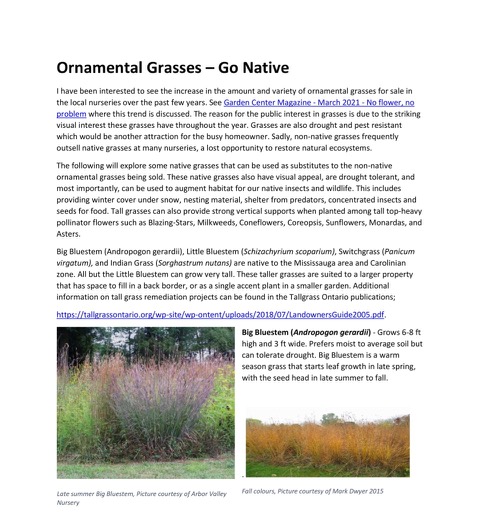
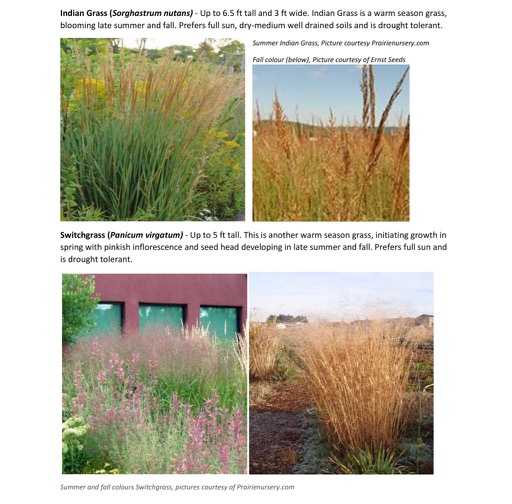
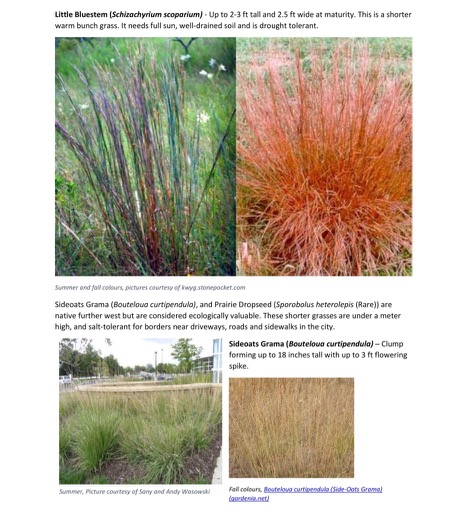
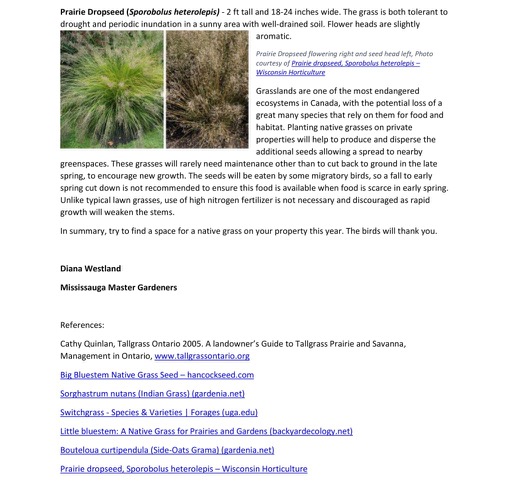





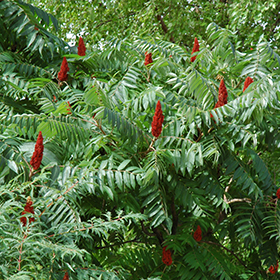
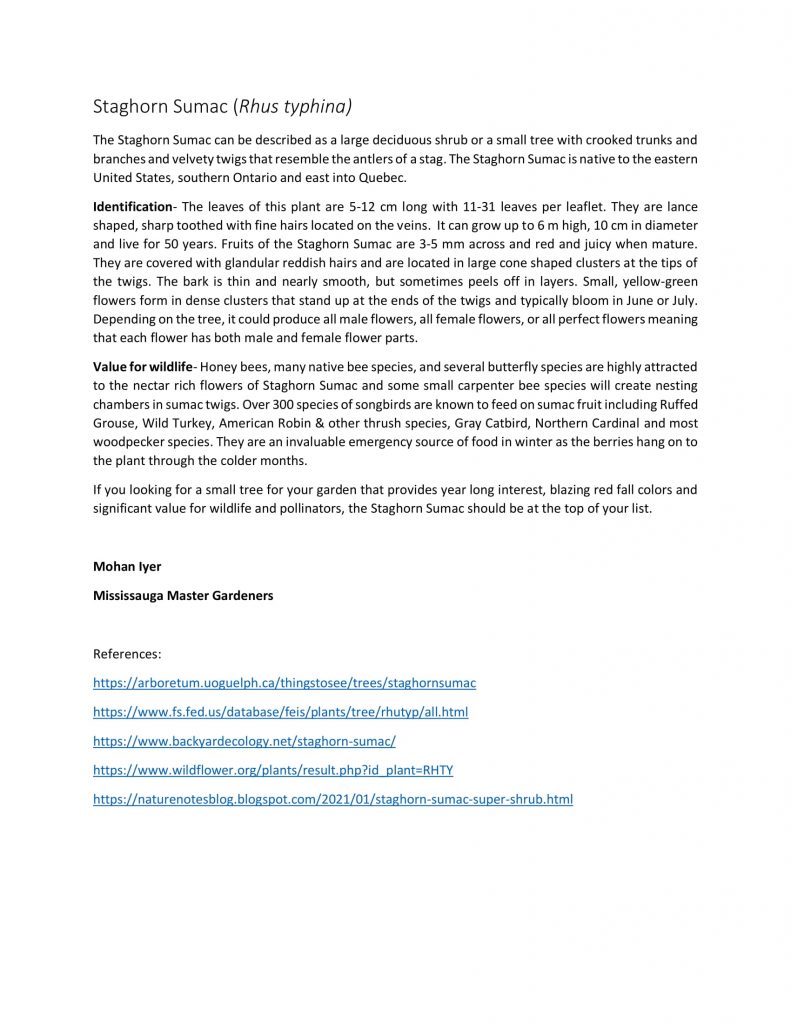
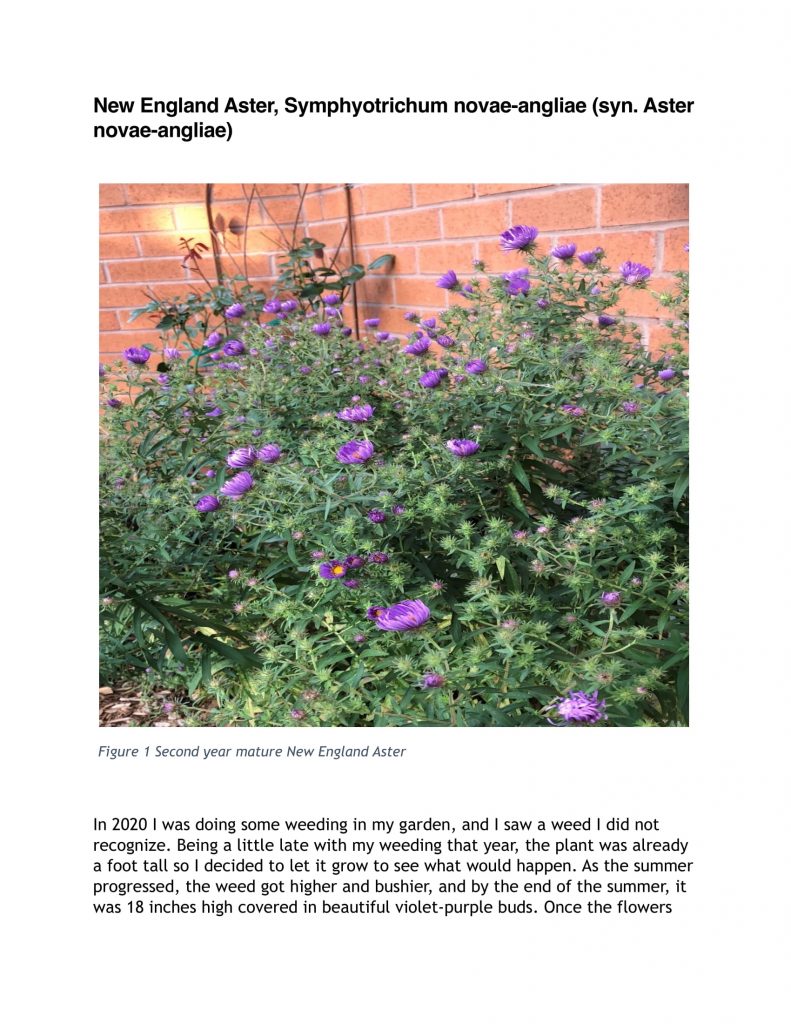
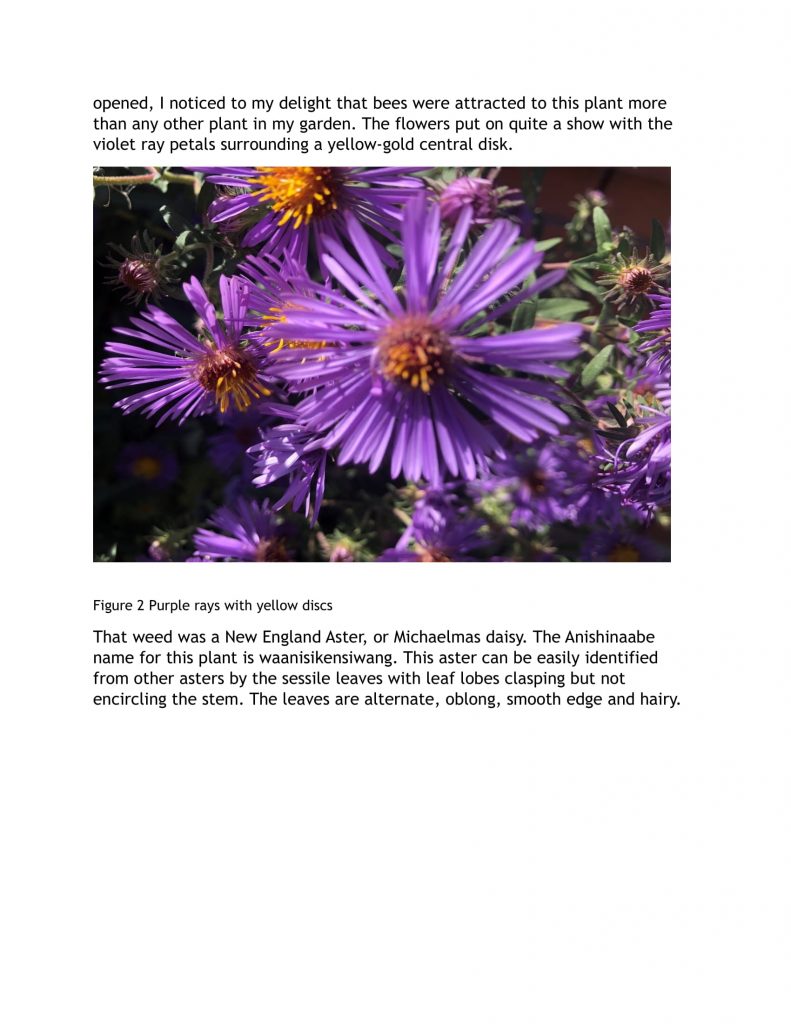
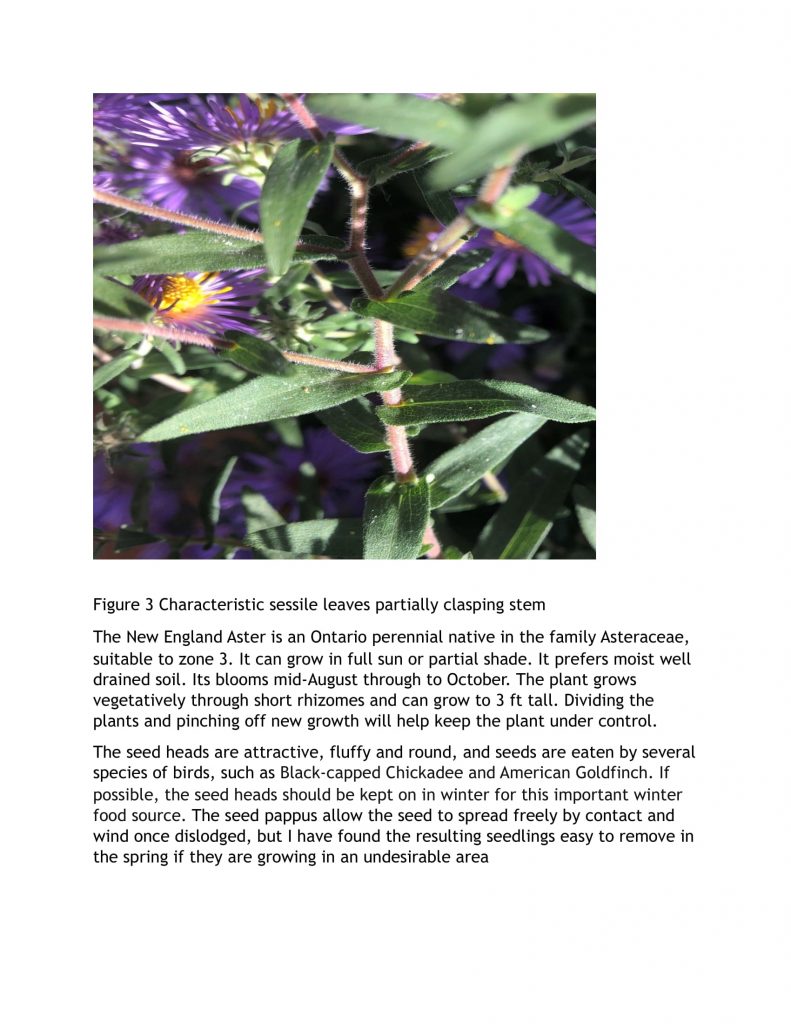
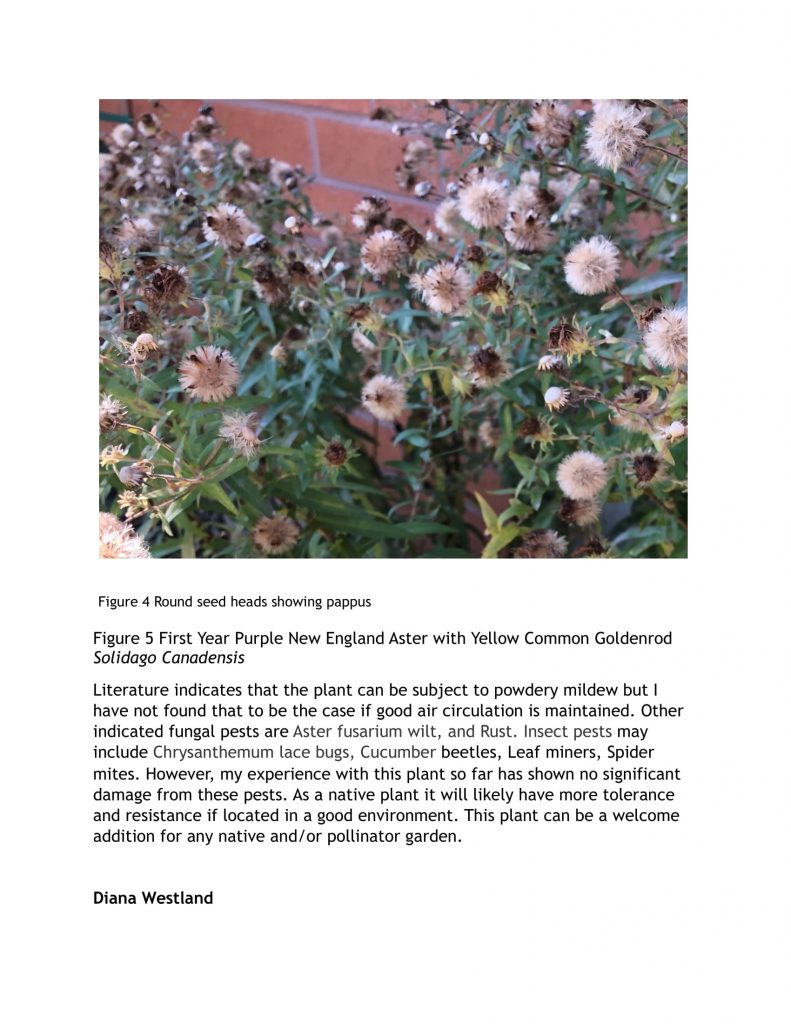

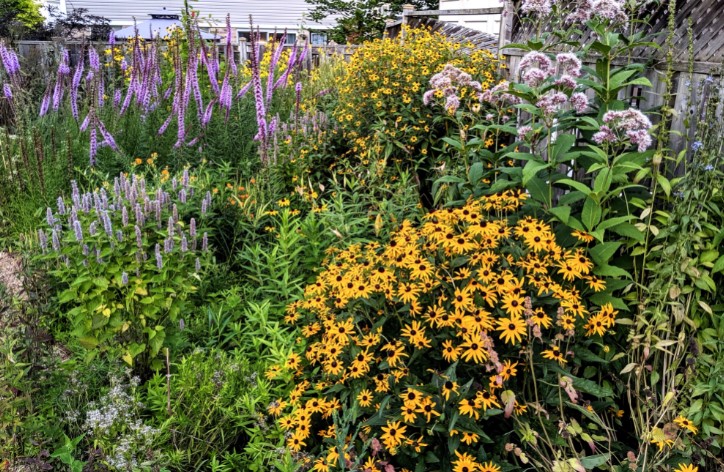
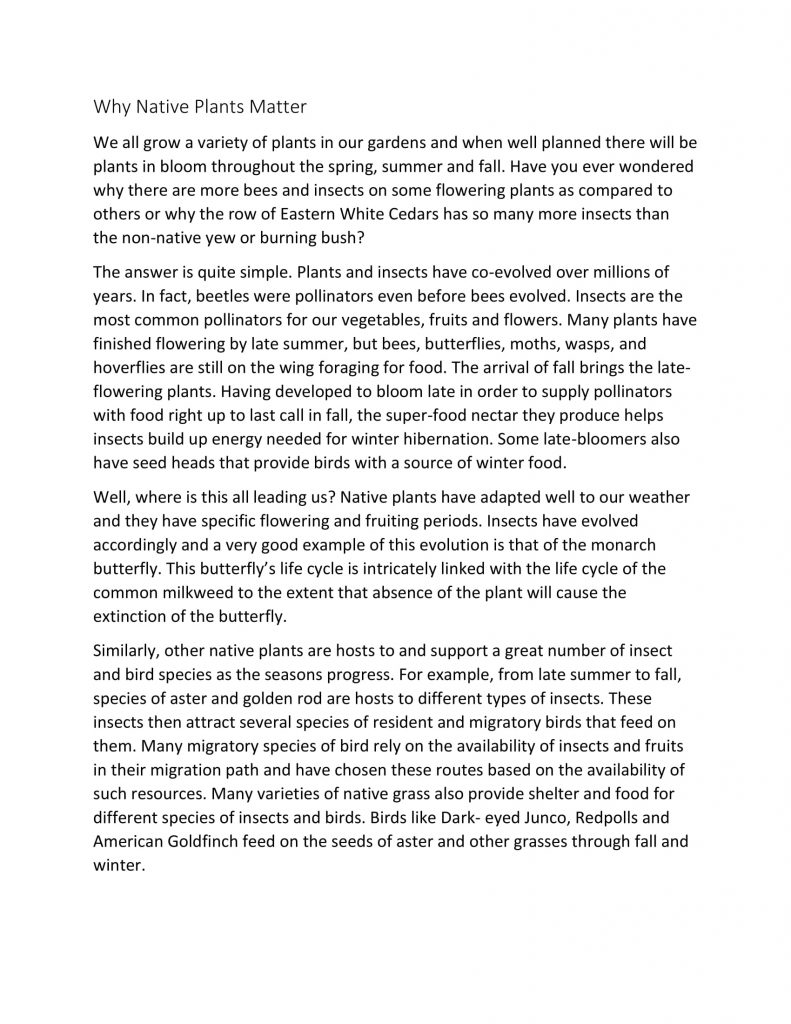
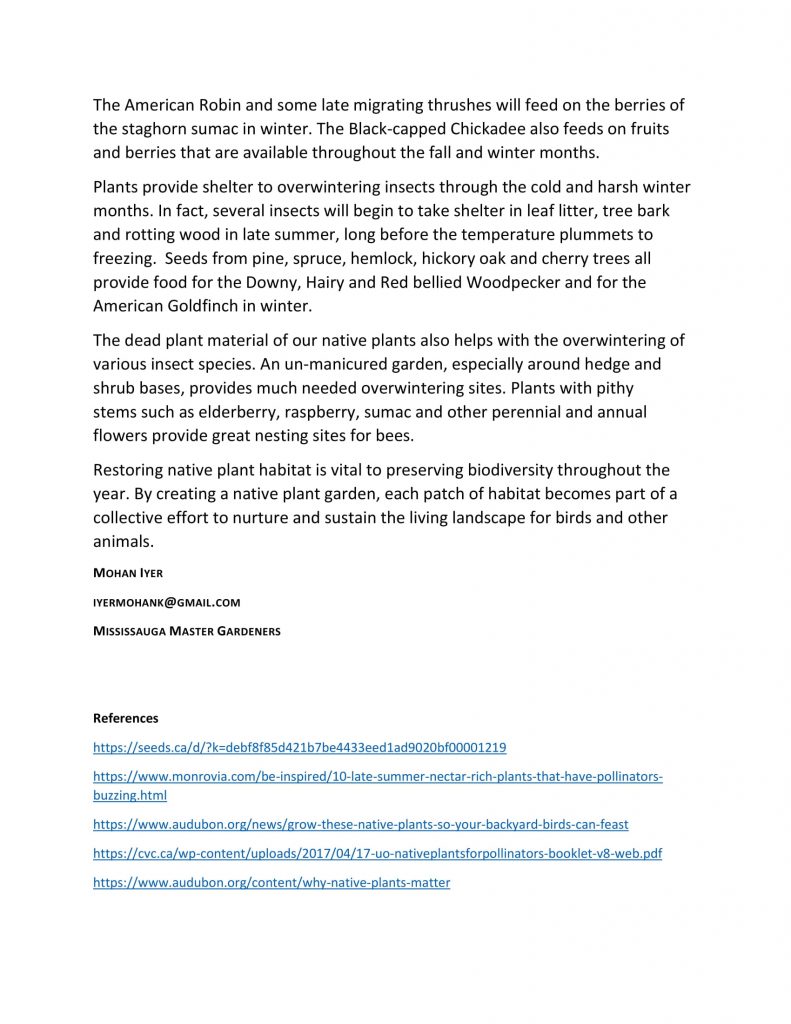
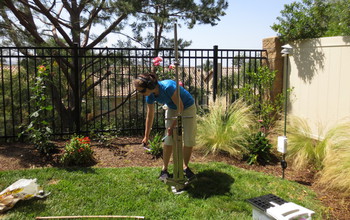
Photo courtesy of National Science Foundation
A friend of mine has spent over $15,000 in the last 4 years on his front yard and backyard- it is but natural to ask “Why?’”
His answer was “To grow a lawn,” or more specifically turf (here, turf is defined as the grass and the surface layer of earth held together by its roots). When I heard this, I was aghast!
Lawns are dead ecosystems. They are equivalent to concrete footpaths when it comes to their ecological contribution. Yet home owners in North America collectively spend billions of dollars trying to perfect the art of turf maintenance. What a marketing success, I must say.
Lawn was historically grown by the elites in Europe- especially in England and France. The climatic conditions there are well suited for the growth of grass. European colonizers (English and French) introduced grass to North America, among other places in the world.
In North America one had to be very affluent to be able to maintain large areas of turf. Before the invention of the lawn mower, maintenance required a substantial commitment of manual labour. Even today, some suburban homeowner’s associations fine homeowners for not maintaining their lawns according to set standards. This, after large academic studies show that that present day lawns are one of the best examples of unsustainable practices.
Lawns are monocultures which makes them biological deserts. Monocultures like lawns support very little in terms of species diversity. At the same time, they are easily susceptible to invasive species, diseases and other biotic outbreaks. To counter them we treat the lawn with a whole horde of chemicals. This clearly shows that the lawn cannot sustain itself and needs constant care- “lawn care”.
Not only that, lawns are the largest irrigated crops, contribute to runoff, consume a lot of energy (gasoline and electricity for maintenance machinery), and require chemical pollutants and toxins to keep them looking their best. Still, after all this work, lawns have very little ecological value.
Our standard lawn growing and maintenance practices are unsustainable and cause substantial degradation to the ecosystem. A study from the University of California-Irvine found that the total estimated greenhouse gas emissions from lawn care –which includes fertilizer and pesticide production, watering, mowing, leaf blowing and other lawn management practices–was four times greater than the amount of carbon dioxide stored by grass. In other words, our lawns and their maintenance generate four times the amount of carbon dioxide they absorb.
So, how do we go about fixing this problem? Well, all is not lost. There are various lawn alternatives that are ecologically friendly and help in creating a balance in the natural environment.
Imagine yourself as a tired insect or a bird and are looking at the landscape from a few hundred feet above. Where would you want to land? On a large green patch of grass that has very little to offer in terms of food and shelter? Or would you like to land on a patch that has cozy leaf litter for shelter, a few juicy herbaceous plants for nectar and berries, and a small watering hole to cool down? I know what I would choose.
This spring, when you step out into your backyard and start planning your garden maintenance program, pause. Take a step back. Think. Think of all the possibilities that you have, all the great options that are available to reduce the amount of lawn. Think of this as great opportunity, an opening to create an ecosystem, to create your own garden of Eden. Think of what you can do to bring nature back to your home, to your very own backyard.
MOHAN IYER
MISSISSAUGA MASTER GARDENERS
REFERENCES
HTTPS://EARTHER.GIZMODO.COM/LAWNS–ARE–AN–ECOLOGICAL–DISASTER-1826070720
HTTP://EMERALDREVIEW.COM/AMERICAN–LAWNS–POINT–OF–PRIDE–OR–ECOLOGICAL–DISASTER/
HTTPS://WWW.LOSETHELAWN.COM/LOSE_LAWN_ARTICLE.PHP

MMG Jeanne McRight, shown above with Ward One Councillor Stephen Dasko, as she receives her certificate.
“It’s such an honor to be nominated for Mississauga’s Ward One Award of Excellence for Environmental Stewardship,” says Blooming Boulevards founder Jeanne McRight.
Jeanne’s non-profit organization Blooming Boulevards has as its focus pollinator support and community education. “By growing locally indigenous wildflowers on our urban boulevards – normally planted with high-maintenance grass – we are providing food and nesting spaces for our 400 species of native bees. These bee species are declining at precipitous rates, with one species common just a decade ago now the on the endangered list. Loss of habitat is a major reason. It makes sense to replace grass with pollen-laden and nectar-rich flowers that feed butterflies and bees. And along the boulevards, up close and personal, the beautiful streetscapes feed our souls.” Blooming Boulevards got its start in early 2019, but its outreach program has already made its mark with several residential pollinator gardens already planted, as well as community pollinator gardens underway in the Small Arms Society lands and, most recently, Spruce Park. Projects well worthy of Environmental Stewardship commendation!
Learn more about Jeanne’s important work here: BloomingBoulevards.org
Volunteers always welcome! Several other Mississauga MGs are lending their support to this great organization.